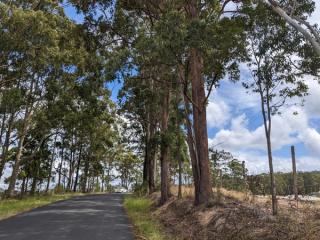
Baseline flora and fauna surveys for proposed train load out facility
- Client Name
- Confidential
- Location
- Queensland, Australia

Challenge
SLR undertook baseline flora and fauna surveys for a proposed train load out facility in central Queensland.
The baseline assessments were conducted based on State and Commonwealth survey guidelines. Surveys identified conservation significant taxa and communities likely to be impacted by the proposed works. SLR worked with the client to minimise impacts to the Matters of State Environmental Significance (MSES) and Matters of National Environmental Significance (MNES) identified.
Solution
SLR prepared an Ecological Assessment Report (flora and fauna), MNES Monitoring Report, MNES Impact Assessment Report, MNES Management Plan (MNESMP), Report on known EVNT presence (flora survey report), a King Bluegrass Impact Management Plan and an Offset Management Plan. Other technical reporting included an Air Quality Impact Assessment and a Hydrological Impact Technical Report.
These reports were submitted as a referral to the Commonwealth Department of Environment and Energy for assessment under the Environment Protection and Biodiversity Conservation Act 1999. The proposal was deemed a controlled action and SLR subsequently completed and submitted all necessary preliminary documentation for assessment.
Impact
On the basis of the detailed reports submitted and the commitments made, the project was approved on the condition that management plans prepared by SLR are implemented.

